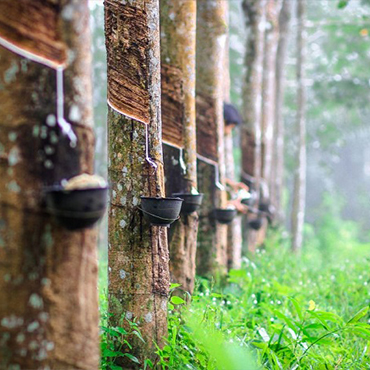Native to the Americas, natural rubber arrives in Europe in the first half of the eighteenth century. Despite the initial interest, some technical flaws such as increased viscosity at high temperatures and high solubility, slowed down its use. It was only after countless research, attempts and failures, that around the mid-nineteenth century the versatile and resistant material known today was obtained.
- info@blgrubber.com
- Bursa, TURKEY
- TR


